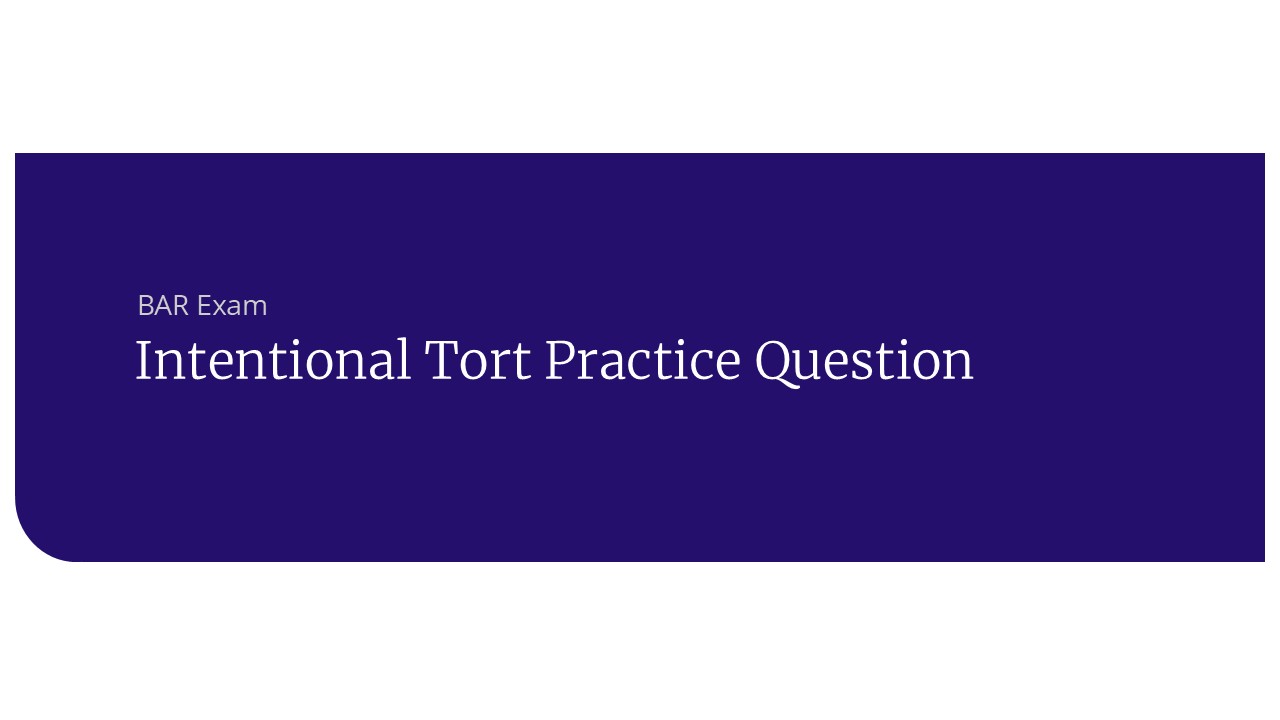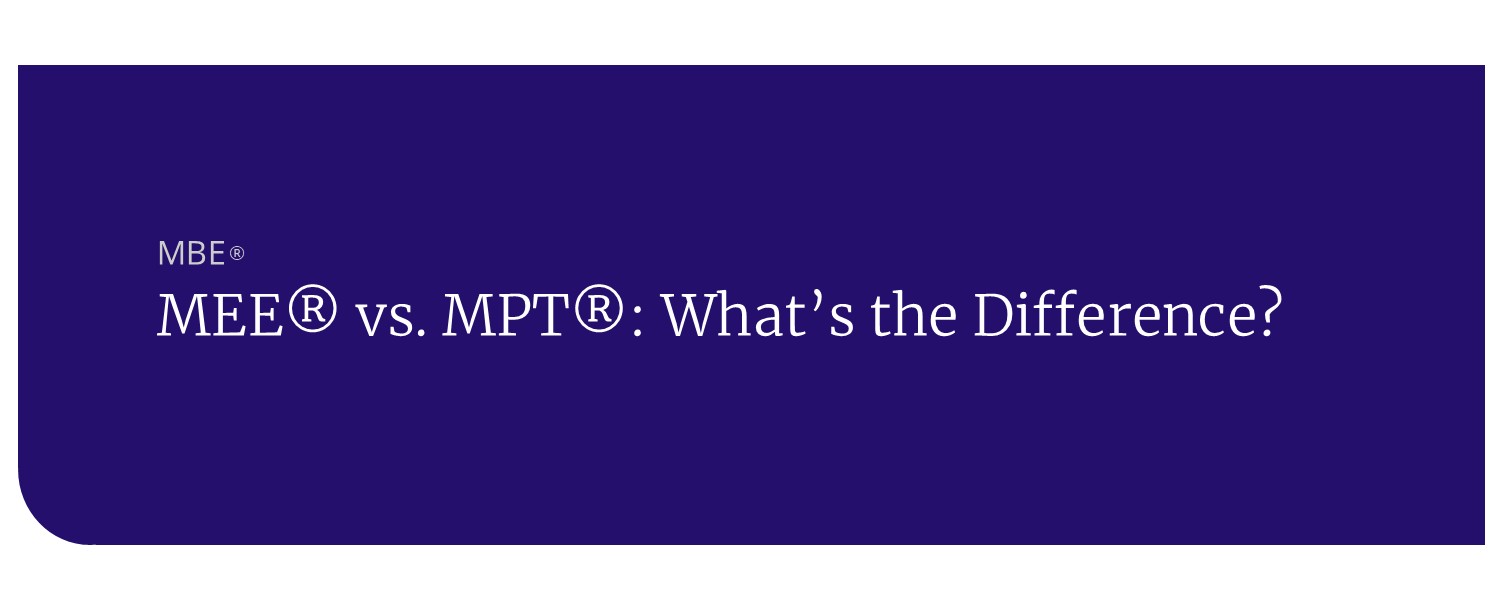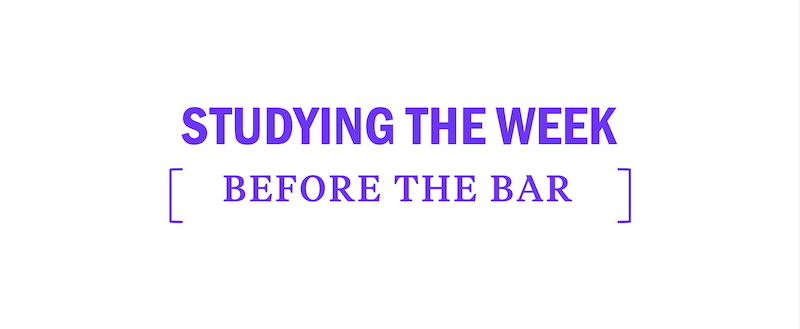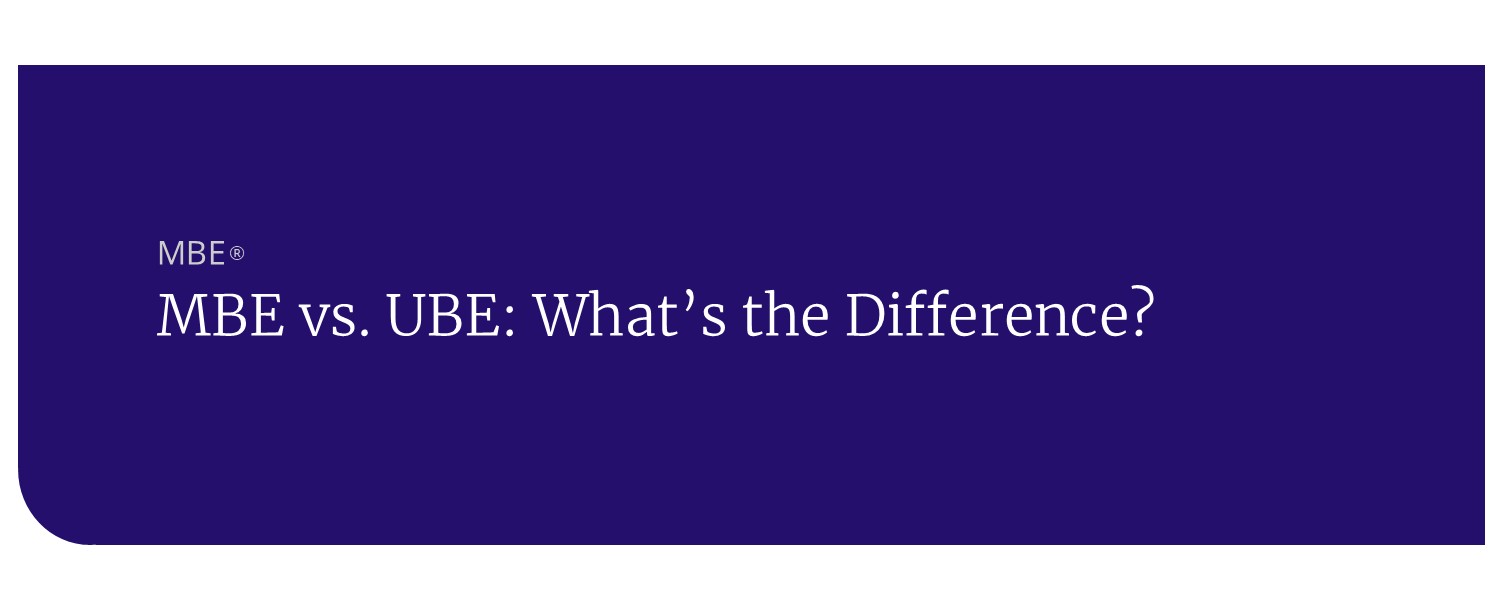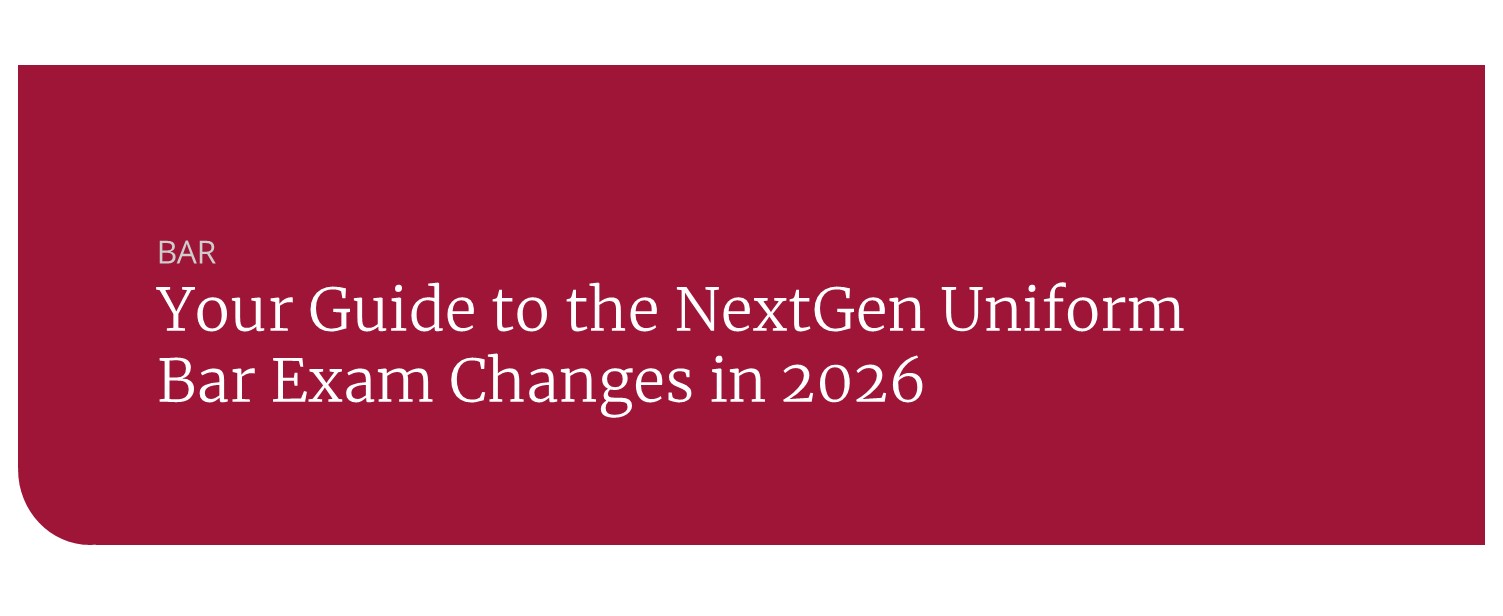What is the Multistate Essay Exam (MEE®)?
Though the Multistate Bar Exam is, arguably, the more difficult component of most state Bar examinations, most Bar takers are more concerned with the essay portion of the test than anything else. The sheer breadth of material that could potentially be tested in essay form creates more anxiety for Bar takers than any other challenges inherent to the test.
Jurisdictions: Where is the MEE Administered?
In addition to the state-specific essays many jurisdictions include in their exams, the Multistate Essay Exam (MEE) is an integral part of the Bar in 33 jurisdictions and 5 U.S. Territories.
Not only does the MEE draw questions from MBE subjects—Contracts, Constitutional Law, Criminal Law/Procedure, Evidence, Torts, and Real Property—it also tests such subjects as Business Associations, Conflict of Laws, Family Law, Federal Civil Procedure, Trusts and Estates, and Uniform Commercial Code.
The National Conference of Bar Examiners (NCBE), the creators of the exam, describe the object of the MEE as follows:
The purpose of the MEE is to test the examinee’s ability to,
- Identify legal issues raised by a hypothetical factual situation;
- Separate material which is relevant from that which is not;
- Present a reasoned analysis of the relevant issues in a clear, concise, and well-organized composition; and
- Demonstrate an understanding of the fundamental legal principles relevant to the probable solution of the issues raised by the factual situation.
Each year, the NCBE writes nine, 30-minute essay questions drawn from the pool of testable subjects and provides them to the jurisdictions that include the MEE in their state examinations. Each jurisdiction selects six of these essays to administer to their examinees.
When is the MEE Administered?
Essays are typically administered on the first, or in some cases third, day of any given state’s Bar exam. For states that test the MEE, the morning session is typically reserved for testing state-specific subject areas and the Multistate Performance Test (MPT). The MEE is usually placed in the afternoon session and Bar takers are allotted three hours to complete the six 30-minute essays.
One of the most common misconceptions about preparing for the essay portion of the Bar exam is that it is necessary to “master” all the material before attempting to do any practice essays. This kind of attitude is common among first-time Bar takers and can be detrimental to achieving solid progress in one’s Bar preparation.
The best way to succeed on the MEE is simply to write as many practice essays as possible from the outset of Bar prep. Many Bar takers put off doing practice essays because they only want to attempt them when they “know everything” about any given subject and can do the essays cold. This is a mistake, because most examinees will not be ready to attempt essays completely from memory until the final weeks of the Bar preparation period.
A better approach for ramping up your essay prep is to start by outlining essay questions and comparing them to the model answers provided by your Bar review course. Next, do practice essays open book, consulting your Bar review class notes and outlines when necessary. Don’t worry about doing essays under timed pressure until the last weeks of preparation. For the first weeks of essay practice, just focus on spotting relevant issues, articulating applicable rules of law, and applying the law to the facts in a concise analysis section.
It is not necessary to write a practice essay in every testable subject area, but it is a good idea to read through the sample essays provided by your Bar review course to get a feel for how each subject is likely to be tested. In addition, the NCBE provides study aid, practice questions, and example answers here.


